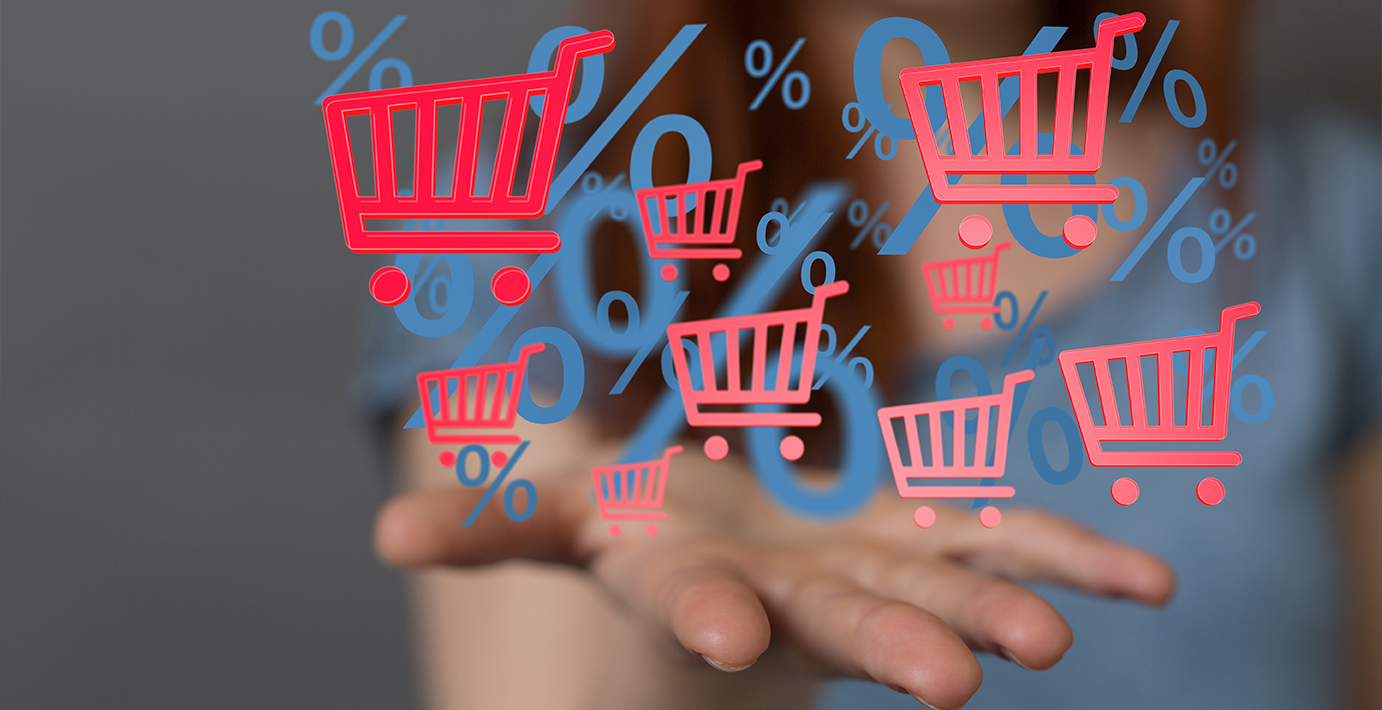
For FMCG companies, promotions are a fact of life. The challenge of understanding and getting a good grip on the effect of both promotions and cannibalization can be a somewhat painful exercise. Especially for companies who struggle to understand the exact outcome of the promotion on top of the non-promotional sales.
Enters event modeling: an effective way to pull out a baseline that can be forecasted by your APS, and on top of which you add promotional effects.
The impact of promotions can be huge. In some companies, a sales increase with a factor 10 is not an exception. Understanding the actual impact is crucial to making well-informed decisions for the future.
When dealing with promotions, there are two options: either there is a possibility to extract the effect of it from transactional data or there isn’t. In the latter scenario, it is of the essence to at least know when a promotion took place, and ideally also what kind of promotion it was (2+1, BOGOF, short for Buy One Get One Free, etc.), as the level of upselling will depend heavily on the type of promotion. Hence the importance of knowing the baseline.
Next to promotions and external events (e.g. Easter, weather), cannibalization is another well-known phenomenon in FMCG. There too, different types can occur; own product cannibalization, time cannibalization (what people buy more during the promotion, they will buy less of next week), and the impact of cannibalization by a competitor. The concept of extracting the effect from the baseline is similar to promotions, only the data input will be different.
The end goal of event modeling is clear: distilling a baseline that can be forecasted by your system, and on top of which you add the promotional effect. Event modeling transforms the history (the period when a promotion took place) into a variable and uses that in regression models to determine the impact of a certain promotion on sales. This effect can be additive (e.g. uplift of 100 units) or multiplicative (multiply sales by 2). As a result, the quantified impact can be used to ‘clean’ the promotion impact from the baseline sales, as well as to determine the impact of future promotions.
The same information can be used to determine the impact of cannibalization before (if the promotion is known before the start) or after (if consumers stockpile the product), by looking at a potential negative impact before & after the promotion, as well as the impact of promotions of other products (be it the companies’ own products or a competitors’). The effect can be positive for complimentary products (e.g. coffee promotion may increase sales of sugar & milk) and negative for substitute products. However, be aware that correlation doesn’t always mean causality. Sometimes a correlation can occur, but the link in itself makes no sense.
So, what it all boils down to, is the opportunity to apply a new formula:
The opportunities to start optimizing are substantial once you have gained these insights. Think about the business case if you would be able to better predict promotional effects: a better promotional budget spent to maximize ROI, an increase in production stability thanks to improved forecast accuracy, playing with promotions to have a more steady demand, ...